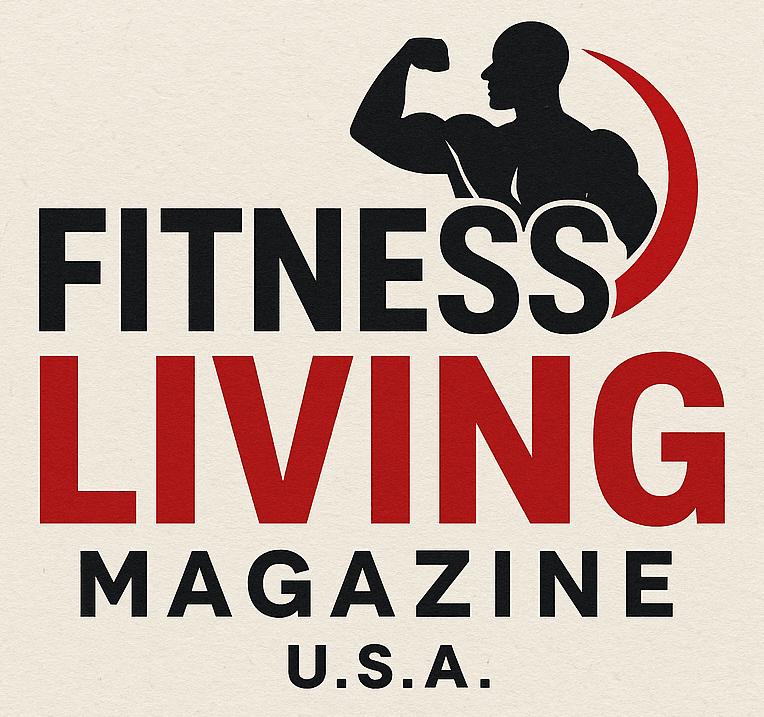
Unveiling the Mystery: Calories Burned While Sleeping
Sleep is often viewed as a time of rest and recuperation, but did you know that it’s also a time when your body is hard at work burning calories? Understanding how many calories we burn during sleep can be especially beneficial for gym owners and fitness trainers as they advise their clients on effective weight management strategies.
Understanding Factors Influencing Caloric Burn During Sleep
The number of calories burned while sleeping varies significantly based on several factors including weight, metabolism, duration of sleep, and more. For instance, a 125-pound individual burns roughly 38 calories per hour, totaling between 266 and 342 calories over an average night’s sleep of seven to nine hours. On the opposite end, a person weighing 185 pounds could burn between 392 and 504 calories in the same time span. This discrepancy highlights the importance of considering individual body metrics when estimating caloric burn.
The Essential Formula: How to Calculate Your Sleep Caloric Burn
To understand your unique caloric expenditure during sleep, let’s utilize the Basal Metabolic Rate (BMR) as a starting point. Your BMR is the number of calories your body needs to maintain basic functions while at rest. You can estimate this using the Harris-Benedict equation, which factors in sex, weight, height, and age. For example, a 40-year-old male weighing 195 lbs might find that his approximate BMR is around 1,889 calories per day, which translates to about 535 calories burned during eight hours of sleep when accounting for the reduced metabolic rate during sleep.
Myth Busting: The Truth About Nightly Caloric Burn
Many believe that simply skipping a night of sleep might aid weight loss. While studies indicate an increase of up to 160 calories burned due to sleep deprivation, this method is counterproductive as chronic sleep loss can elevate cortisol levels, leading to weight gain. Thus, the body’s natural calorie-burning processes are most effective during periods of sufficient sleep.
Boosting Your Caloric Burn: Practical Tips
To optimize caloric burn while you sleep, gym owners and fitness trainers can advise clients on steps to elevate their metabolism. Regular strength training increases muscle mass, bolstering the body’s ability to burn calories even at rest. Moreover, consuming a balanced diet, avoiding large meals before bed, and ensuring quality sleep can enhance overnight metabolic processes.
Sleep Hygiene: Elevating Rest Quality
Create a sleep-friendly environment to maximize caloric burn through quality rest. Recommend that clients maintain consistent sleep schedules, engage in relaxation techniques before bed, and avoid stimulants like caffeine leading up to bedtime. Smaller lifestyle adjustments can significantly impact the quality of sleep and, consequently, the body’s ability to burn calories during rest.
Empowering Clients: Valuable Insights for Trainers
As a fitness trainer, sharing insights on the complexities of caloric burn during sleep allows you to empower clients with knowledge. Understanding their unique BMR and habits sheds light on the natural processes of their bodies. Clients can make informed decisions about their fitness routines and develop healthier sleep habits that align with their weight management goals.
Conclusion: Encourage Balanced Lifestyle Changes
Incorporating the knowledge of how many calories are burned while sleeping into daily fitness conversations not only aids in informed decision-making but also in the holistic health improvement of your clients. Encourage lifestyle changes emphasizing quality sleep and regular exercise—both central to an effective weight management strategy. Remember, fostering a supportive environment that values sleep as much as workout intensity can lead to sustainable fitness success.
 Add Row
Add Row  Add
Add 



Write A Comment